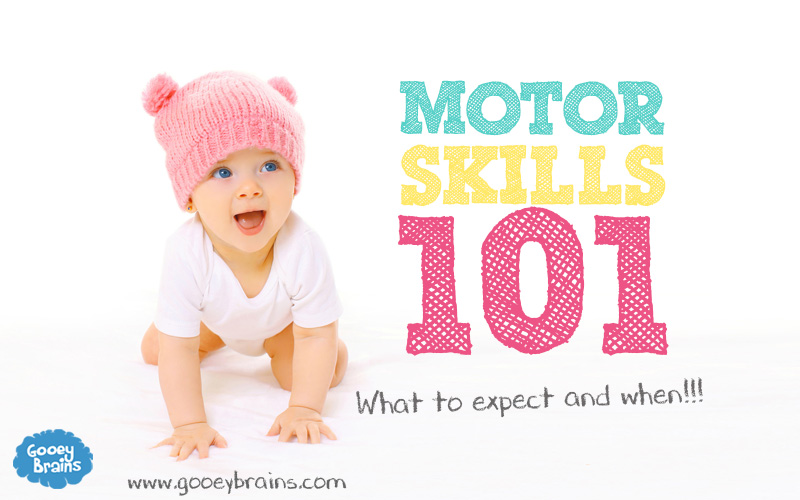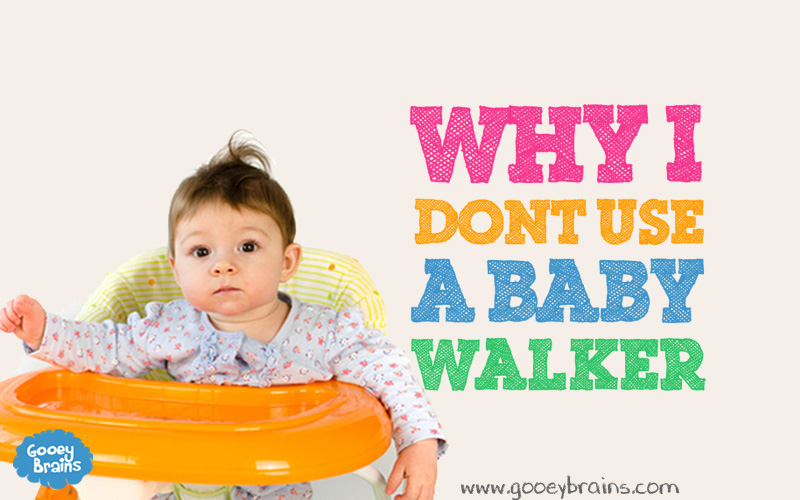What is a Neuron?
A babies brain is made up of cells that are called neurons. A neuron is the name given to a cell within the nervous system. It is the basic building block of the brain, and it looks like this if you zoom in really close:

Microscopic image of a hippocampal neuron.
The different parts of a neuron
The brain of most mammals contains between 100 million and 100 billion neurons! Every neuron has specific parts that serve a function.
To understand what is a neuron the best way is to look at its makeup and the different parts of a neuron.
The Cell Body: This part of the cell includes the nucleus and cytoplasm. The nucleus of a cell contains the genetic material (chromosomes).
The Axon: This part of the cell extends out from the cell body and usually ends in a series of branches.
The Dendrite: The part of the cell also extends out from the cell body and its job is to receive messages from other neurons. They look a little bit spiky. The dendrite is covered in synapses.
The Synapses: This part of the cell is where the dendrite forms connections with the axons from other cells, allowing cells to transmit messages across the synapses.
Myelin Sheath: Many axons are covered by something known as myelin. Myelin is made from special cells known as glia. Glia are very important! They transport nutrients to our neurons, they clean up debris, they digest dead matter and they help hold neurons in position. But, one of the most important jobs of the glia in the myelin sheath is to strengthen and protect the axon, making transmission of messages between neurons faster and stronger.
Transmitting messages between neurons.
When our neurons want to send or receive a message to one another, they use electrical impulses! They send the electrical impulse along the axon and then it travels into the dendrite of another neuron across the point of connection called the synapse.
The Connections between of neurons.
After a baby is born it starts making lots of connections between the neurons, which has the fancy name of synaptogenesis. Different parts of the brain develop and grow their connections at different times and at different speeds. Times at which a particular brain area is growing at its fastest are called ‘
critical periods‘. They are special times in the child’s brain development. Because the brain area is growing so quickly at these times, it is more sensitive to environmental stimuli and more vulnerable to change.
Knitting and neuron!
A fun way to better understand what is a neuron and the learn about the different parts of a neuron is to tackle this knitting project! You can find a knitting pattern to make your own knitted neuron here (
http://knitaneuron.blogspot.com.au/p/patterns.html). What’s really wonderful is that after you finish, you can use your knitted neuron to help educate others about some brain basics. Even more wonderful, is that the process of knitting the neuron itself has been demonstrated to have a powerful impact on our health. Knitting can influence your own neurons and improve your well-being creating better states of relaxation. It may even impact your gene expression! You can learn more about the health benefits of knitting in this short video .
Reference:
Creation Date: 1 April 2012 | Review Date: 1 April 2012
The Neuron








